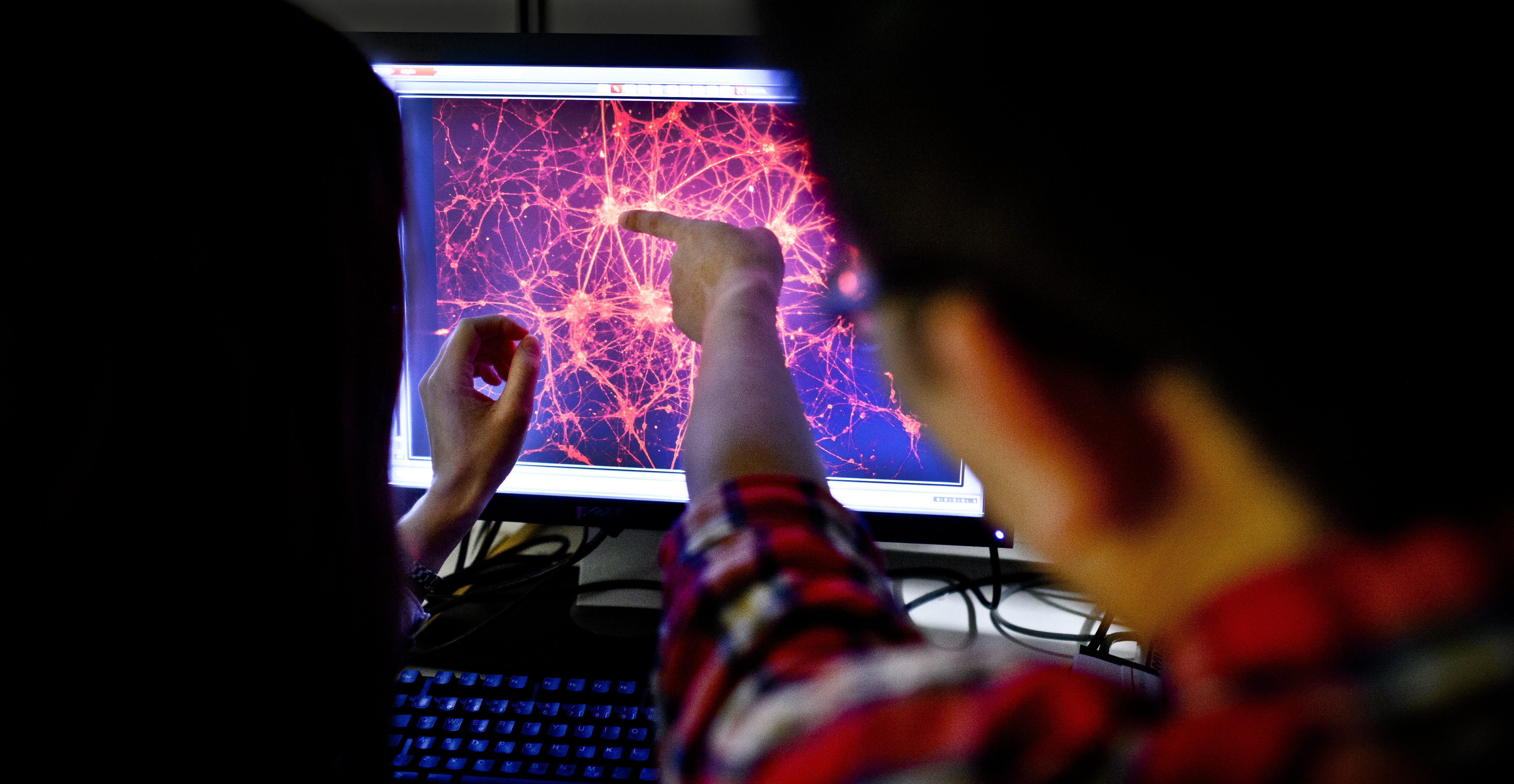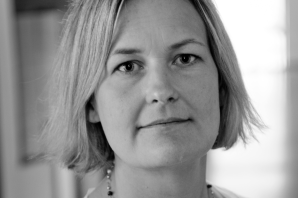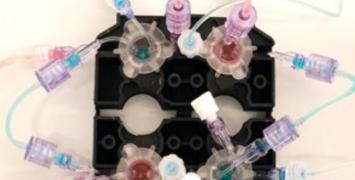What if damaged brain cells could be replaced? ERC grantee Malin Parmar has developed innovative genetic reprogramming techniques that can produce new brain cells from other types of cells in the body, opening up new therapeutic pathways to combat disorders such as Parkinson’s and Alzheimer’s.

Although the precise causes of many neurodegenerative diseases, such as Parkinson’s, Huntington’s and Alzheimer’s are not known, all have serious, chronic and debilitating effects.
In the case of Parkinson's, the brain cells responsible for producing the chemical messenger dopamine gradually die. Because dopamine regulates movement, Parkinson’s patients suffer progressively worsening motor control, trembling and stiffness. An estimated seven to 10 million people worldwide suffer from the condition.
The ERC-funded IN-BRAIN project published the first proof-of-concept study showing that glial cells, resident non-neuronal cells in the central nervous system, can be converted into neurons directly in the brain using novel methods to reprogramme cell fate. Ongoing research suggests that other cells, such as skin cells, can also be reprogrammed in this way, potentially enabling the replacement of brain cells affected by different neurodegenerative diseases as well as by traumatic brain injury or stroke.
Potential to dramatically improve healthcare
‘This is really transformative in the field of brain repair. If we learn to create new neurons in a controlled way in the brain, it opens up possibilities to replace neurons lost to disease and to repair brain circuitry,’ says principal investigator Malin Parmar, a developmental neurobiologist at Lund University in Sweden. ‘Our research has the potential to dramatically improve the treatment and daily life of Parkinson's patients in particular. These novel cell-based therapies could ultimately be used in all early-stage patients as a first-line therapy.’
Lund University pioneered cell therapies for Parkinson’s disease as far back as the 1980s, when researchers transplanted foetal dopamine cells into patients’ brains, showing that it is possible to replace lost neurons with new and healthy cells. Transplantation with foetal dopamine cells faces both practical and ethical challenges, however. Hence, the subsequent discovery of pluripotent stem cells – different types of mature cells that can be reprogrammed – has set the stage for today’s promising avenues of research.
Giving cells a new goal in life
Scientists are focusing in particular on the development of reprogramming techniques using innovative transcription factors. These protein molecules can be used to turn on or off different genes in targeted cells, generating a desired behaviour and, in effect, transforming the cell type. Parmar and her team have summarised this process accessibly and entertainingly in the ERCcOMICS strip A Cell’s Life.
‘The finding that somatic cells – like skin cells – can be reprogrammed into pluripotent stem cells expanded the availability of scalable cell sources. Moreover, it challenged the dogma that mature cells are fixed and cannot be changed into something else. This concept then opened up other reprogramming methods, like the one we use to convert skin cells or glia to neurons,’ Parmar explains.
The IN-BRAIN project’s results show that reprogramming cells directly in the brain is feasible with current technology. The approach could be particularly suitable as a therapy for diseases that cause a defined loss of specific types of neurons such as Parkinson’s and Huntington’s, but also for Alzheimer’s, and potentially some forms of cell damage caused by stroke.
Parmar and her team are currently conducting ongoing research focused on generating more clinically relevant models to determine more precisely how glial cells turn into neurons inside the brain. This is a key step before the results can start to be translated into clinical applications and novel therapies for patients.
Lessening the need for drug therapies
Although more research and trials are needed, the approach could initially provide effective early therapy for people diagnosed with Parkinson’s by replacing neurons and rebuilding damaged brain circuitry. This in turn would eliminate the need for current therapies using medications that often cause severe side effects and reduce patients’ quality of life.
‘In the future, it is probable that such cell therapies will significantly lessen the need for patients to use drug therapies and, subsequently, invasive therapies to treat the side effects. This would also reduce patient morbidity and mortality and provide opportunities for an extended active life, thereby reducing the burden on healthcare systems and lowering the economic impact of disease,’ Parmar says.
This article was first published in the European Commission Research and Innovation Info centre
Bio
Malin Parmar is a Professor at Lund University, Sweden, where she is focusing on bringing new cell-based therapies for neurodegenerative diseases to the clinic by replacing lost dopamine neurons with new, healthy cells. Her work in cellular reprogramming opens up the possibilities of personalised treatments of patients with healthy versions of their own cells. She completed her postdoctoral studies at Lund University, Sweden and Edinburgh University, Scotland.





